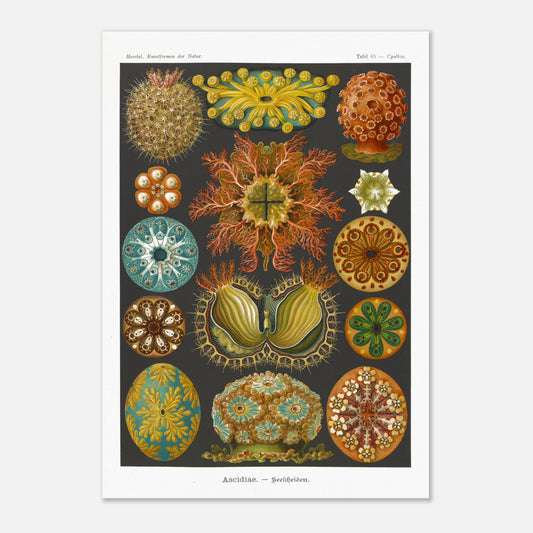Ascidiaceae - Detailed illustration from nature - Ernst Haeckel, Kunstformen der Natur
Ascidiaceae - Detailed illustration from nature - Ernst Haeckel, Kunstformen der Natur
Couldn't load pickup availability
Reproduction engraving of: Ascidiacea
Original title Ascidiae - Seescheiden
Cynthia's poster - Tunicates (Tunicata) of the class Ascidians (Ascidiae)
Illustration from the book Kunstformen der Natur, which is a collection of artistic lithographs of natural sciences published by the German biologist Ernst Haeckel between 1899 and 1904.
This naturalistic illustration is part of an overall style inspired by Ernst Haeckel, which greatly influenced the emerging Art Nouveau movement at the beginning of the 20th century. This work, illustrating the impressive beauty and great diversity of the biological world, was complemented by a certain amount of scientific information, some excerpts of which are reproduced below.
This information is over 120 years old and some of it may be outdated!
Scientific classification:
Kingdom of the Tunicates (Tunicata) Class Ascidiidae (Ascidiae)
Scientific notice (extract) accompanying the poster print of Ascidiae - Ascidiacés :
Tunicates (Tunicata) occupy an independent position among invertebrate animals; they were formerly classified sometimes among the Molluscs, sometimes among the Worms (Vermalia). However, recent studies of their embryonic development have led to the conviction that they are closely related to the Vertebrates (Vertebrata) and that they share a common origin with them. The juvenile stages of both groups (called Chordula) have the same characteristic body structure, absent in all other invertebrates. Tunicates live exclusively in the marine environment, either as sessile individuals (Ascidiacea) or free-swimming (Thaliacea). Ascidiacea, or "sea squirts," live either singly, as single individuals (Monascidiae, Fig. 1-4), or by budding into colonies composed of many individuals (Synascidiae; Fig. 5-14). Monascidiae, or "simple sea squirts," generally have the shape of an elongated sac that attaches to the seabed and has two openings close to each other: a larger one, the mouth, and a smaller one, the cloacal siphon; the mouth is surrounded by a crown of tentacles or cilia (Fig. 2). The tunic, which surrounds the soft body, is composed of cellulose and is sometimes covered with spines (Fig. 1). By incising the tunic and separating the right and left halves of the body, it can be seen that most of the body cavity is occupied by a pleated pharynx, which opens at the top through the mouth (Fig. 3). Below, this "branchial pharynx" extends into the esophagus and stomach, which then open into the mantle cavity through the anus. This cavity also receives the sexual products, produced by a lower hermaphroditic gland, and expels them through a cloacal opening at the top. The colonial individuals, which form the colonies of Synascidiae, are rarely distributed evenly (Fig. 5); they usually form smaller groups, clumps, or cormidia (Fig. 6-14). Within each star-shaped cormidium, the individuals are grouped radially, their mouths directed outward and their cloacal siphons toward a common central point (Fig. 8) or fused into a common "cloacal opening" (Fig. 7). The surface of the tunic of these Synascidiae is often beautifully colored and variegated.
Species present on the naturalist board of Ascidiaceas - Cynthia :
- Cynthia melocactus
- Molgula tubulosa
- Fragarium elegans
- Polyclinum constellatum
- Synoecum turgens
- Botryllus polycyclus
- Botryllus rubigo
- Botryllus marionis
- Botryllus helloborus
- Polycyclus cyaneus
- Botrylloides purpureus
About this print
About this print
The layout and composition of this reproduction have been the subject of our greatest attention.
- Respect for the format of the original work: in order to faithfully transcribe the artist's intention, the work is not cropped/re-cut except in extreme cases (obvious imperfection, geometry problem, etc.) in which case the cropping will be as light as possible.
- The presence of white margins is sometimes necessary in order to present the work in a balanced manner.
- Each size offered has been specifically composed, therefore, the size of the white margins may vary from one print size to another. Remember to check this detail carefully!
- Print only, frame not included!
Features
Features
- Premium 200gsm matte white paper, durable and strong.
- Natural, smooth uncoated finish, silky to the touch
- FSC certified paper or equivalent certifications depending on regional availability.
- Each print is shipped in sturdy packaging, ensuring safe transport.
- Each print is printed and shipped on demand. No minimum order quantity is required.
Share !
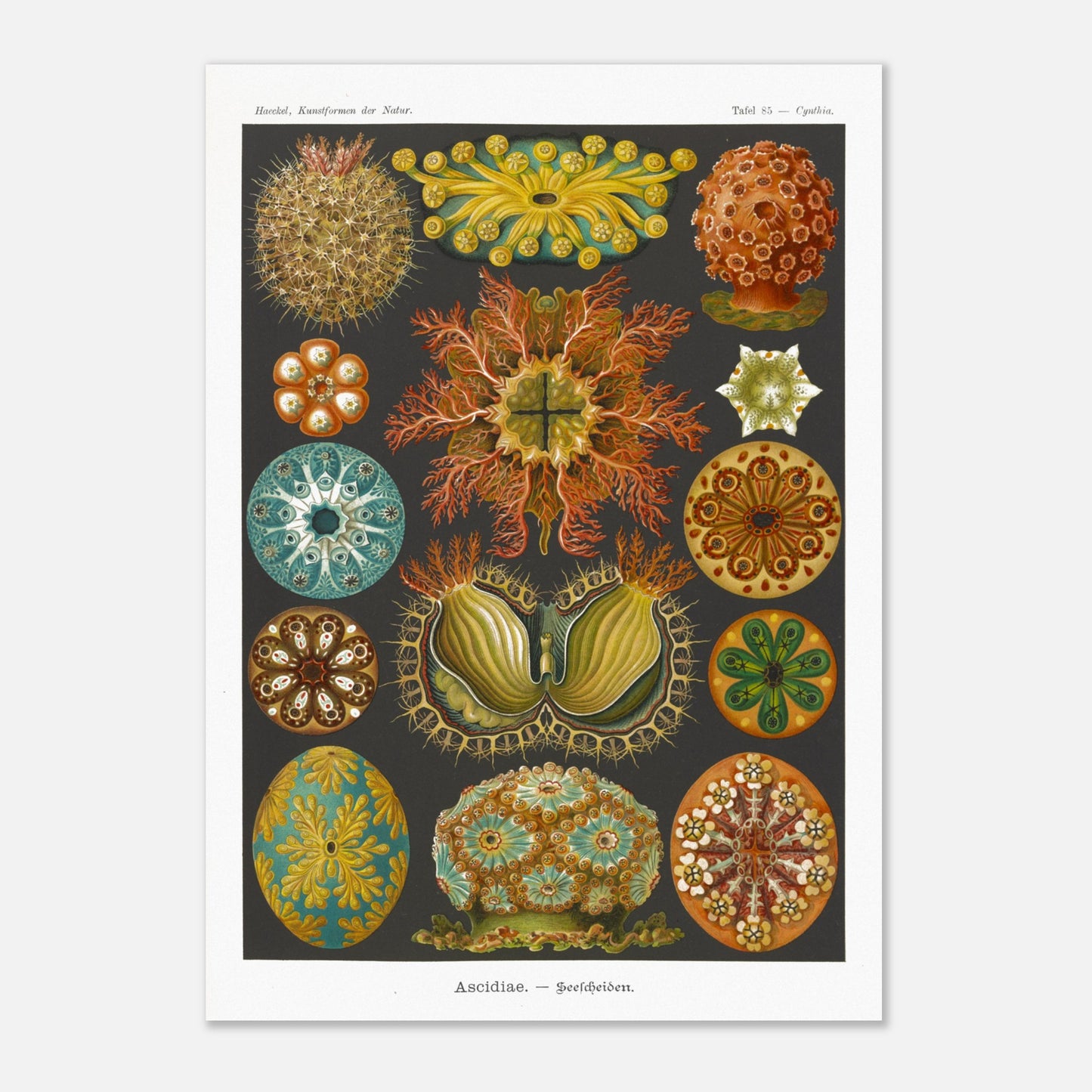
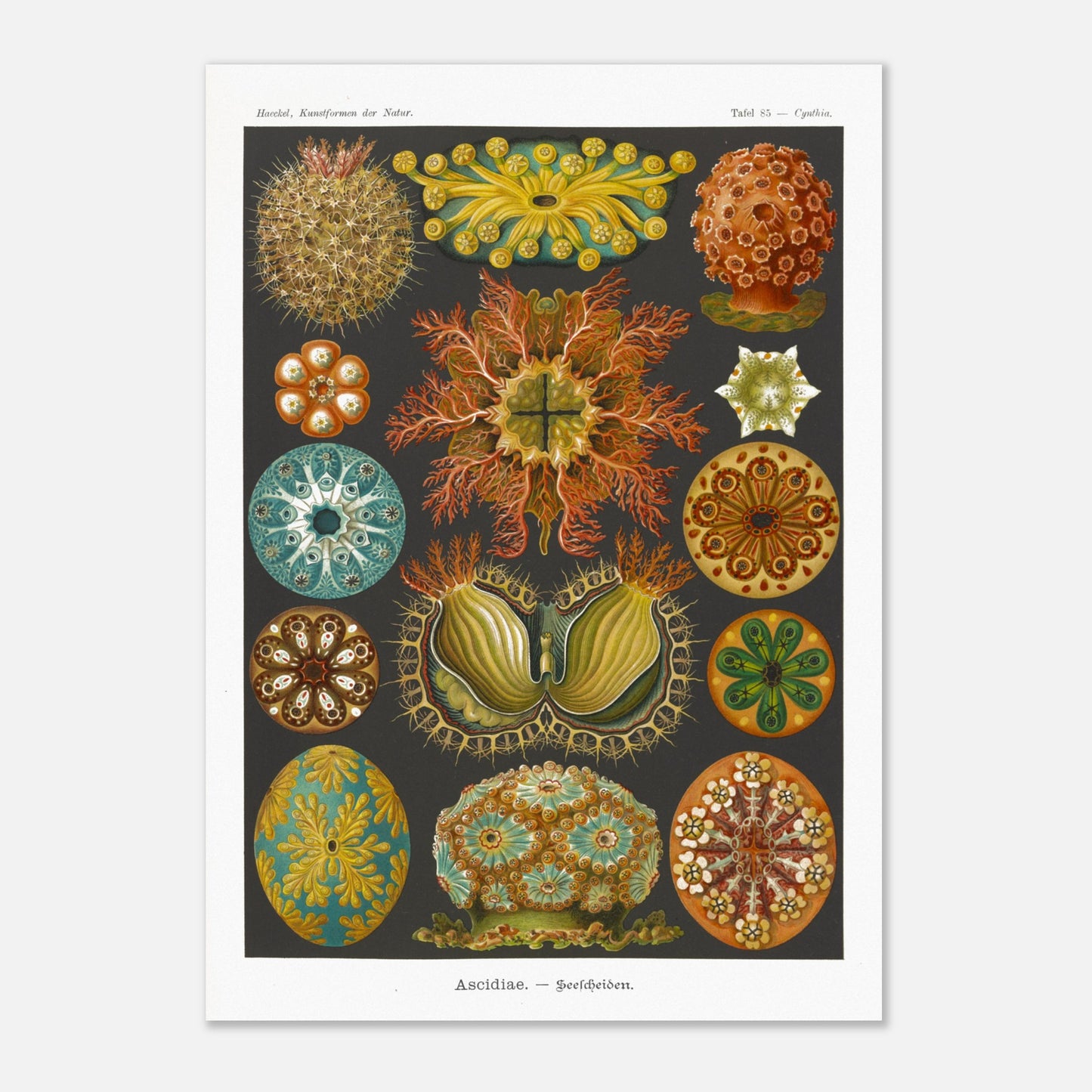
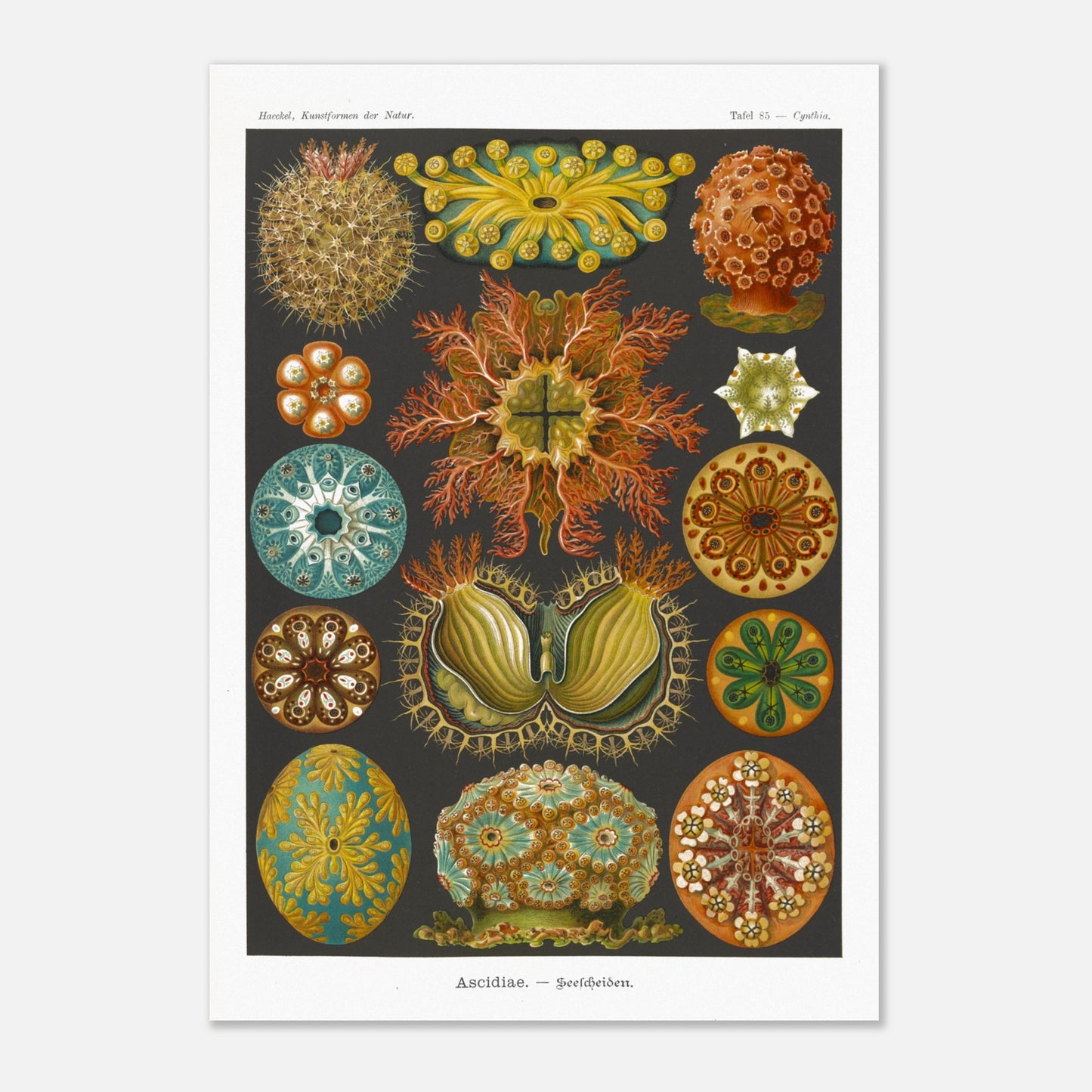
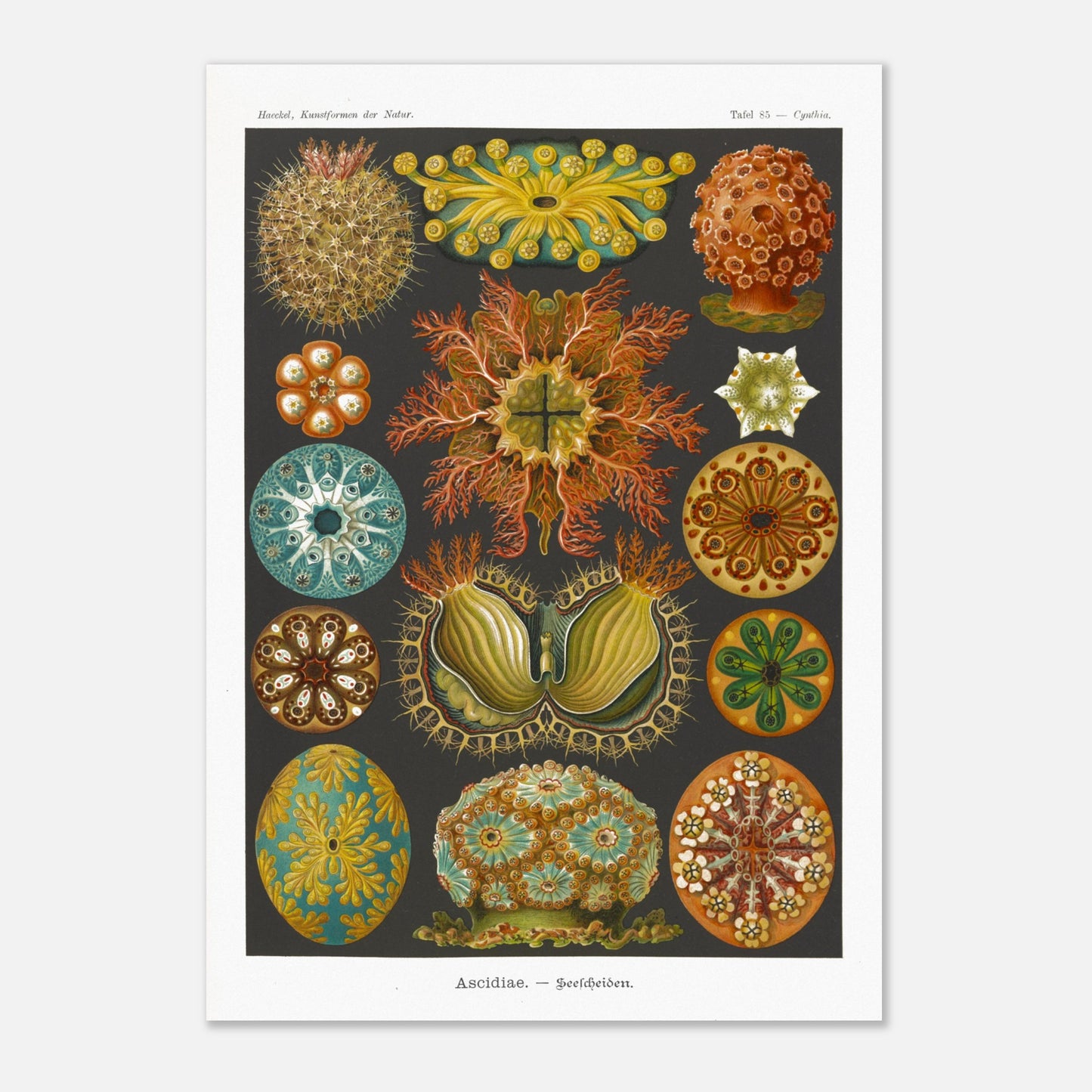
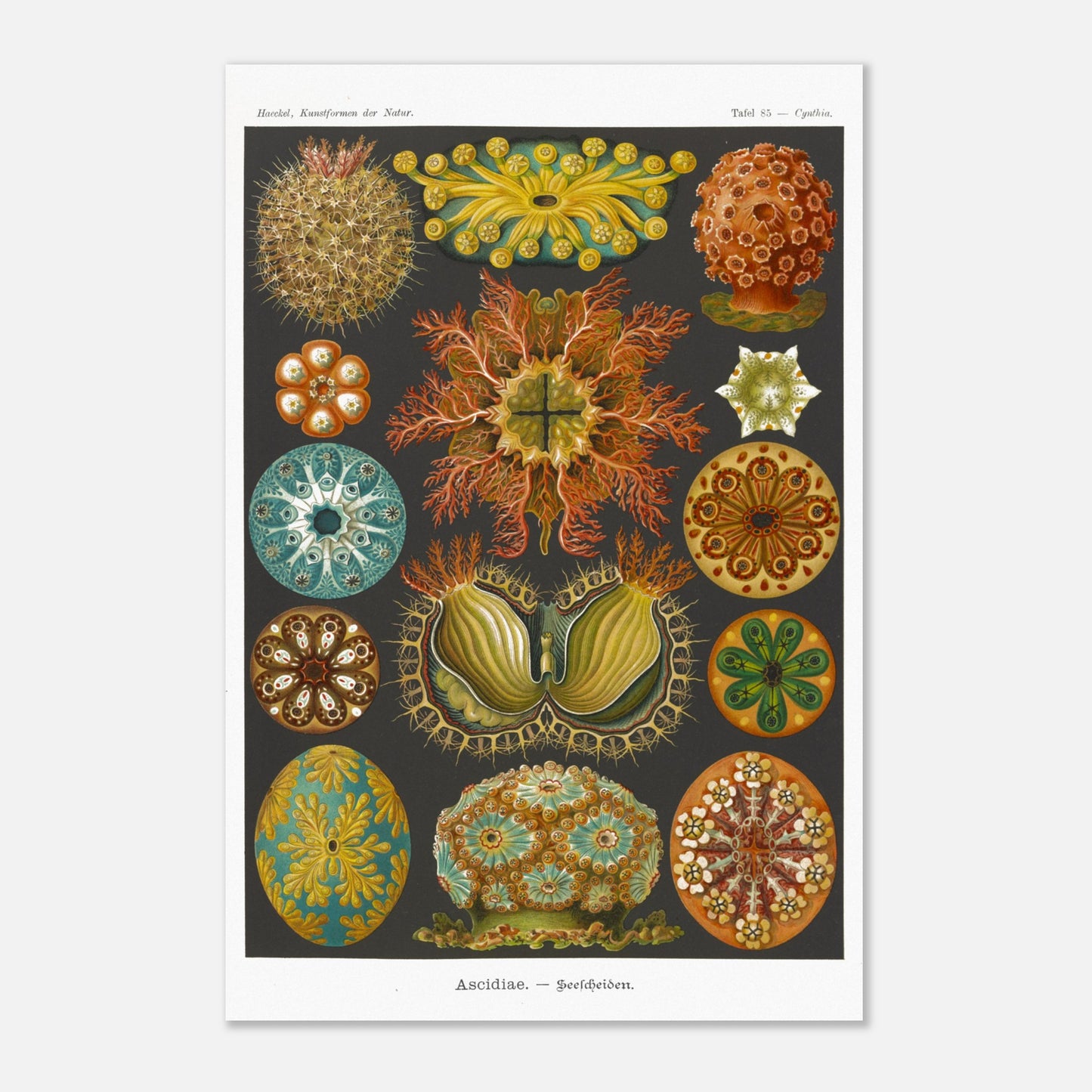
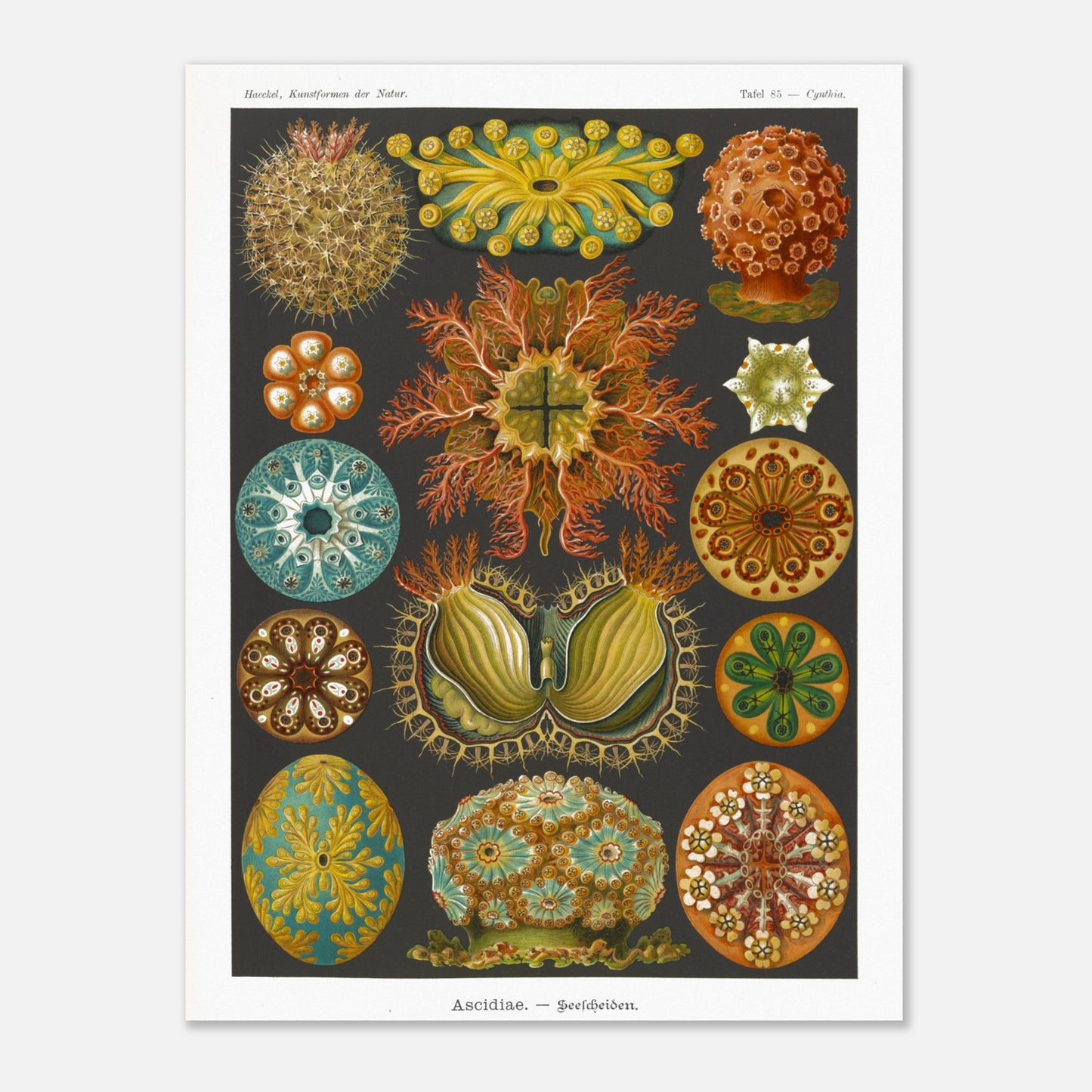
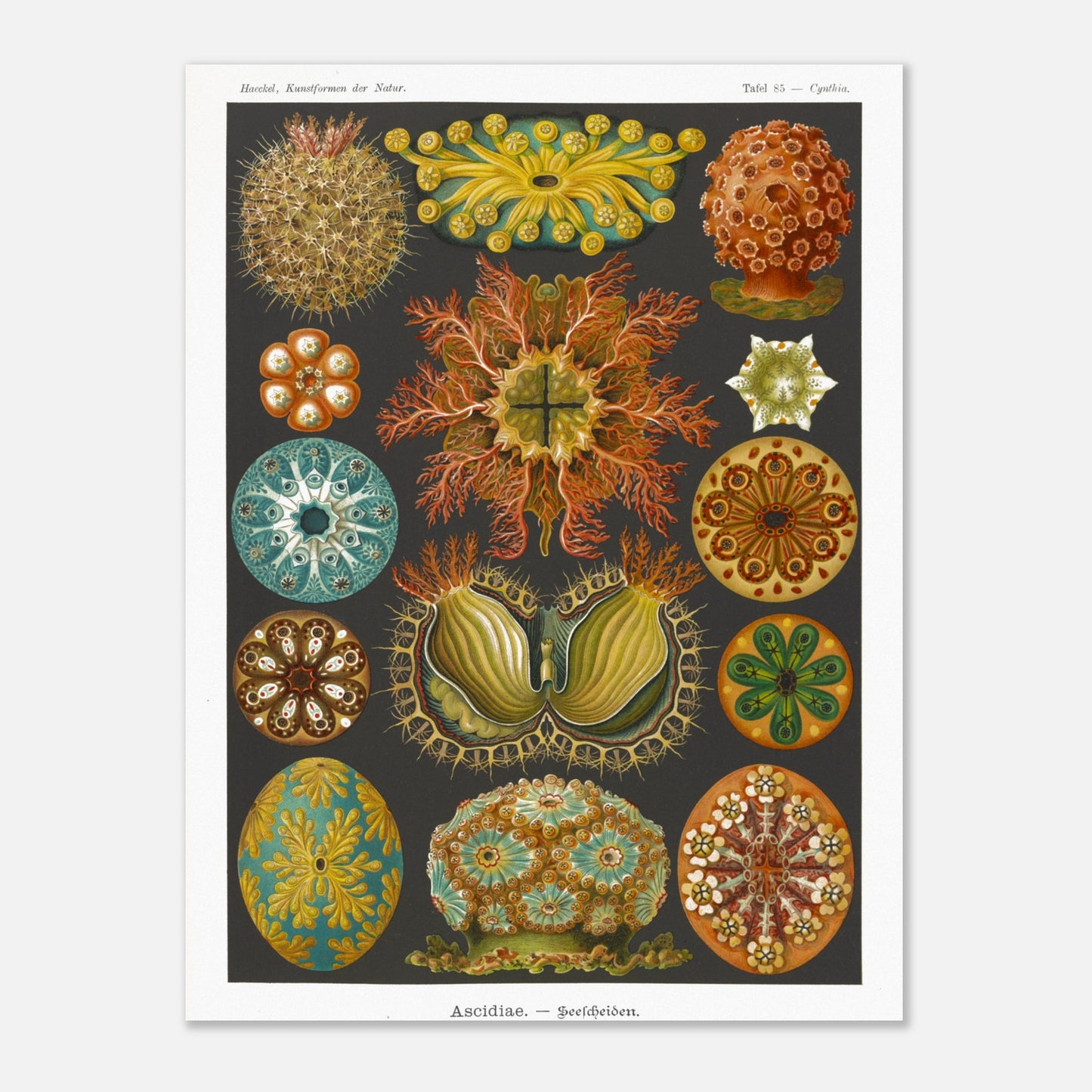
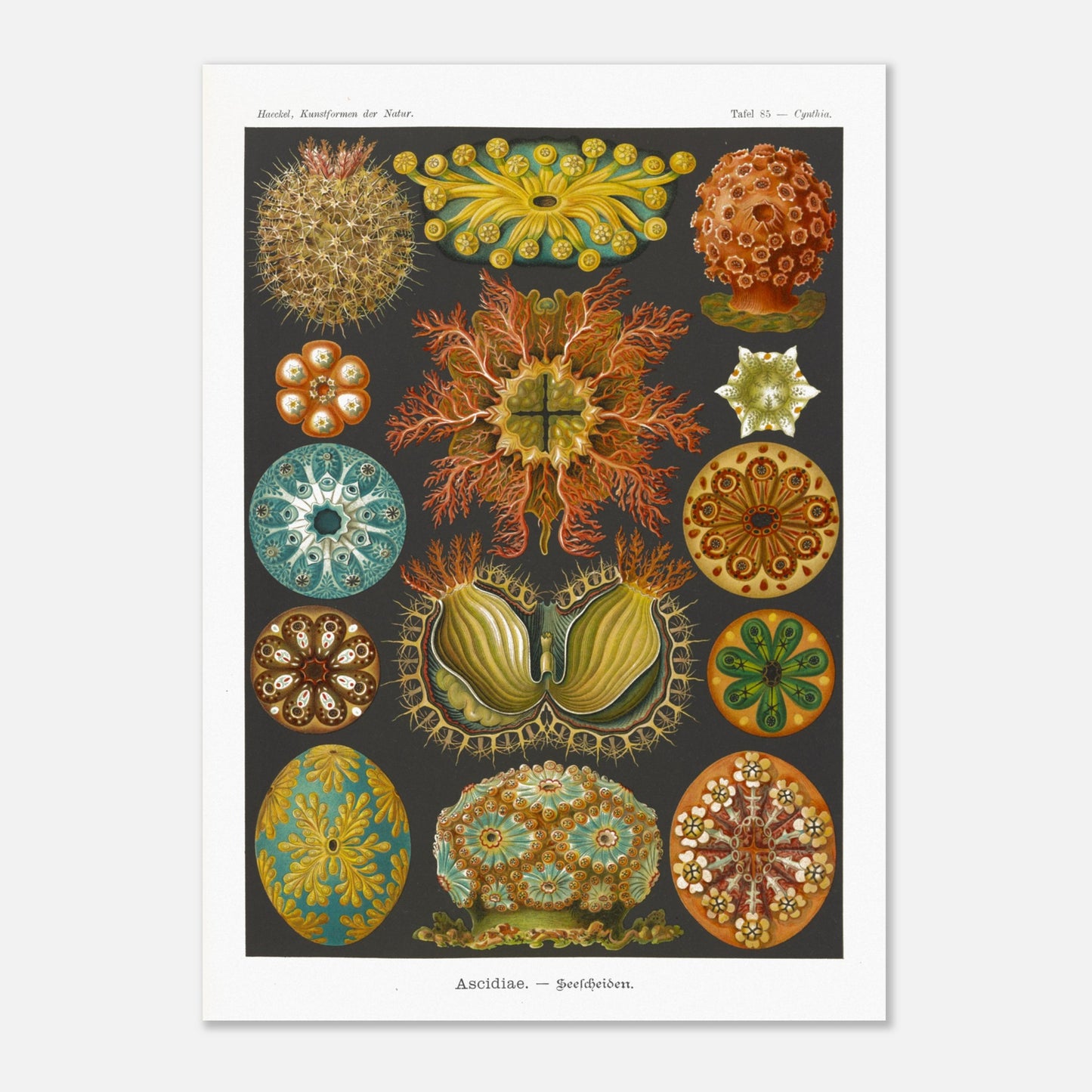
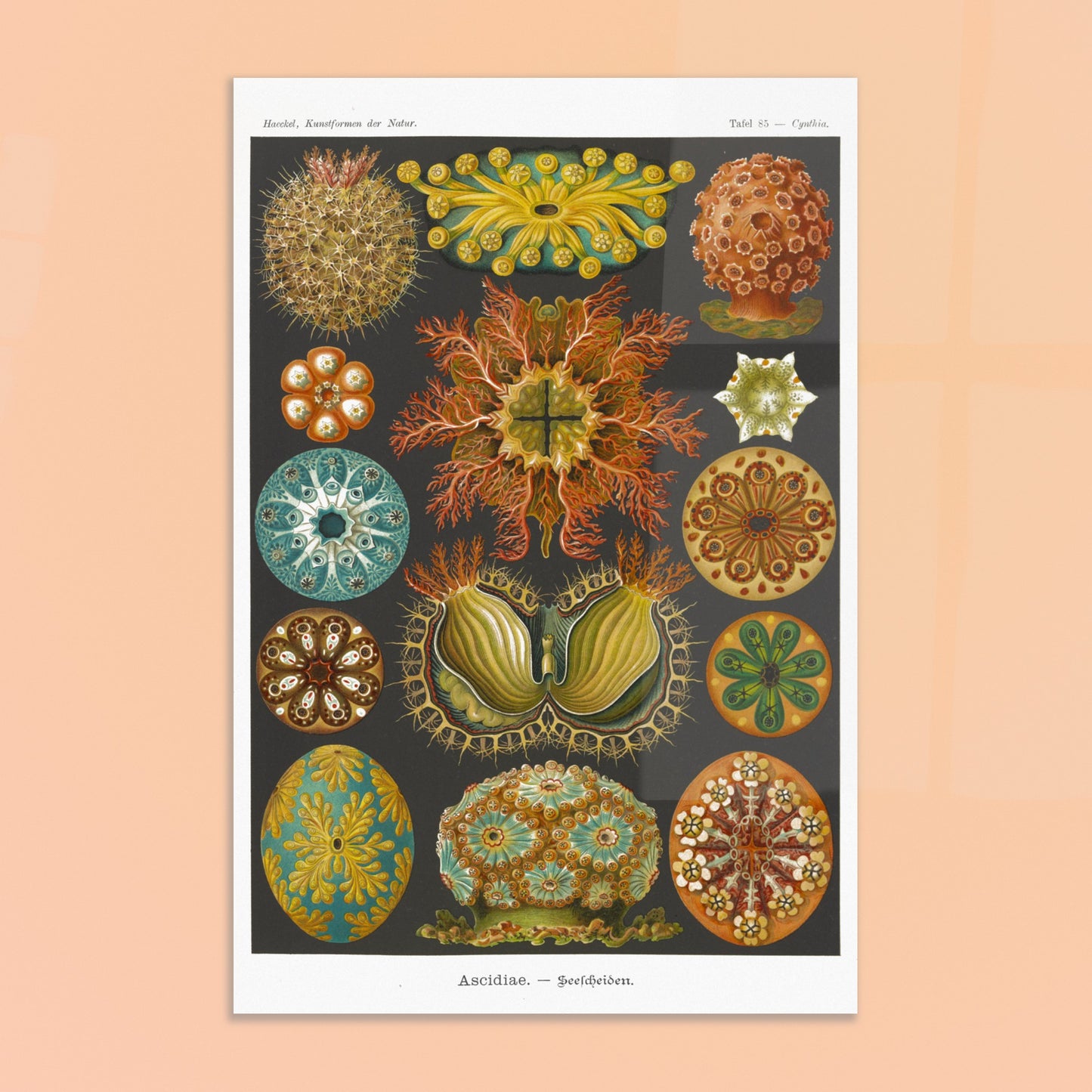
Recently viewed products
We are listening to you
If you are looking for a specific composition, a particular layout, or any other customization need, our team is at your disposal and will do everything possible to meet your requests.
So don't hesitate to...




